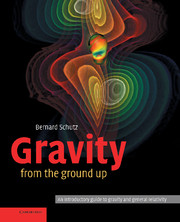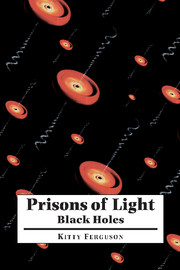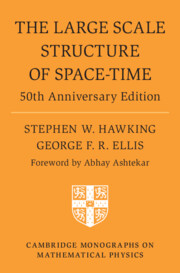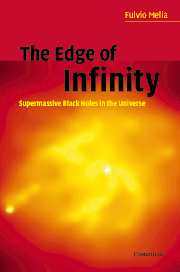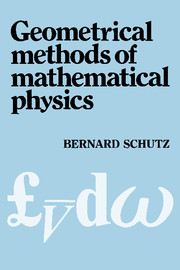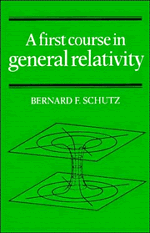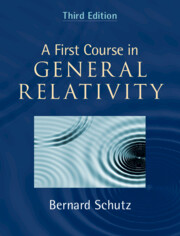Gravity from the Ground Up
This book provides an accessible introduction to astronomy and general relativity, aiming to explain the Universe, not just to describe it. Written by an expert in relativity who is known for his clearly-written advanced textbooks, the treatment uses only high-school level mathematics, supplemented by optional computer programs, to explain the laws of physics governing gravity from Galileo and Newton to Einstein.
- Highly accessible introduction to astronomy and general relativity
- Imaginative use of high-school mathematics and computer programs to explain deep physics
- Tied to a website providing programs, solutions to exercises and other useful resources
Reviews & endorsements
"...the text is...inviting, with exercises that have real-world application, such as exploring the energy of photons that cause sunburn." Stuart J. Goldman, Sky & Telescope
"Delightfully throrough yet easy to read." American Scientist
Product details
January 2004Hardback
9780521455060
490 pages
254 × 201 × 30 mm
1.36kg
155 b/w illus. 10 tables 100 exercises
Available
Table of Contents
- Preface
- 1. Gravity on Earth: the inescapable force
- 2. And then came Newton: gravity takes center stage
- 3. Satellites: what goes up doesn't always come down
- 4. The Solar System: a triumph for Newtonian gravity
- 5. Tides and tidal forces: the real signature of gravity
- 6. Interplanetary travel: the cosmic roller-coaster
- 7. Atmospheres: keeping planets covered
- 8. Gravity in the Sun: keeping the heat on
- 9. Reaching for the stars: the emptiness of outer space
- 10. The colors of stars: why they are black (bodies)
- 11. Stars at work: factories for the Universe
- 12. Birth to death: the life cycle of the stars
- 13. Binary stars: tidal forces on a huge scale
- 14. Galaxies: atoms in the Universe
- 15. Physics near the speed of light: Einstein stands on Galileo's shoulders
- 16. Relating to Einstein: logic and experiment in relativity
- 17. Spacetime geometry: finding out what is not relative
- 18. Einstein's gravity: the curvature of spacetime in the Solar System
- 19. Einstein's recipe: fashioning the geometry of gravity
- 20. Neutron stars: laboratories of strong gravity
- 21. Black holes: gravity's one-way street
- 22. Gravitational waves: gravity speaks
- 23. Gravitational lenses: bringing the Universe into focus
- 24. Cosmology: the study of everything
- 25. Big Bang: the seed from which we grew
- 26. Einstein's Universe: the geometry of cosmology
- 27. Ask the Universe: cosmic questions at the frontiers of gravity
- Appendix A. Useful constants: values used in this book
- Appendix B. Background: what you need to know before you start.

